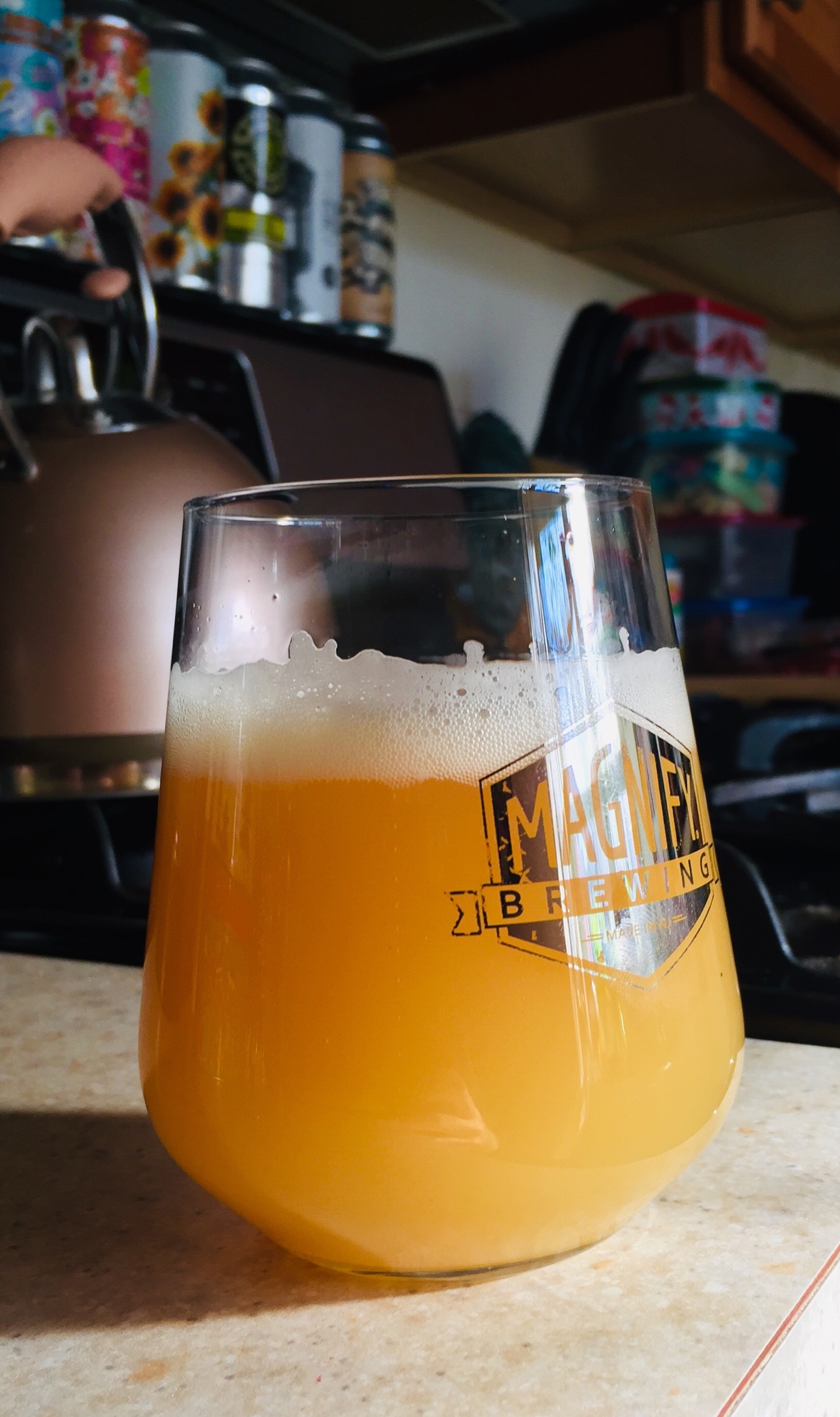I'm having a come to Jesus moment on fresh hops after a lackluster beer made using 2018 citra and 2019 galaxy. both were freshly opened vac-sealed bags and they were underwhelming. I'm going to start ordering smaller amounts of smaller bags of hops for dry hops instead of 1lb bags. I was wondering if it is worth getting cryo hops. I had heard a brewer on a podcast say that he is rarely disappointed with cryo hops in terms of flavor/quality. Made me start thinking that it might be worth it to just buy all cryo so i can be assured of getting a consistently good product. Definitely going to start using only fresh bags for dry hops and only from the most recent hop year! the rest go into the hop stand!
Assuming all of the best practices that are constantly discussed in this thread are followed, the number one factor in terms of how good the finished product comes out is the quality of the hops. I’ve been a part of this thread for a while now, as have many of the other posters, and the processes and techniques that have been discussed at great lengths are at minimum on par with many professional breweries. In many instances I’d say they are even better.
I’ve made somewhere between 75-100 batches of super hoppy NE style ipas, and have had some batches that I would honestly say were better than 99% of the best commercial examples available.
The more I’ve thought about it, the more I’ve come to understand that IF all of the best practices regarding our processes and techniques are followed, the only other variable is the quality of the hops. It’s a HUGE factor if you’re chasing that dragon that you can’t quite seem to get.
As
@VirginiaHops1 said above, the single most common thing I hear when listening to countless podcasts with highly respected brewers of this style of beer is the quality of the hops. They talk about the selection process, variance from lot to lot, farm to farm, year to year, etc..I’ve even heard some of them talking about the specific temperature at which they store them.
I’ve recently been looking into sourcing hops outside of the typical LHBS, Yakima valley hops, farmhouse, moorbeer, northern brewer, etc....The problem is that it’s nearly impossible to get the same quality of hops that pro brewers get as a home brewer.
I will say that I’ve had some great success using Lupomax and cryo hops, and I’m really trying to get my hands on some incognito but that’s proved to be very difficult in the US. The European sites that carry it in homebrew quantities won’t ship here.
So anyway, I’d agree one thousand percent that the quality of the hops we can get and use, is paramount to how good our final product turns out.
You can be a phenomenal chef but if your ingredients are mediocre, your food will also be mediocre.































![Craft A Brew - Safale S-04 Dry Yeast - Fermentis - English Ale Dry Yeast - For English and American Ales and Hard Apple Ciders - Ingredients for Home Brewing - Beer Making Supplies - [1 Pack]](https://m.media-amazon.com/images/I/41fVGNh6JfL._SL500_.jpg)

























